When a major corporation makes a major mistake it leads, of course, to major embarrassment, as well as the loss of significant amounts of money in all too many cases. And for some it leads to the loss of jobs. But for the rest of us, the result is usually a source of amusement. Heads shake in wonderment at the thought of what “they” had been thinking, though nearly all of the corporate gaffes listed herein had substantial data supporting the actions which became classic mistakes. Some of the mistakes, such as Ford’s Edsel, became at once the symbol of a lemon and a classic coveted by collectors. The DeLorean falls into the same category, boosted by its appearance in film as a time machine.
Most corporate mistakes are not the result of snap judgments by executives, but the result of long study, test programs, and marketing experiments to determine the validity of new products or the proper means of marketing them to the public. Yet often they fail to attract the public, and sometimes they actually generate public revulsion. Such corporate mistakes become legendary, some urban myths. A longstanding urban myth is that the A&R representative for Decca Records who failed to sign The Beatles, Derek Rowe, did so because he decided that guitar groups were “on the way out.” That corporate misstep never happened, at least not like that, Derek Rowe wasn’t even present at the audition in question, and it was The Beatles’ Brian Epstein who rejected Decca’s offer to print Beatles records at Epstein’s expense. Here, however, are 10 examples of corporate missteps which did happen.
10. Project Kansas and the creation of New Coke
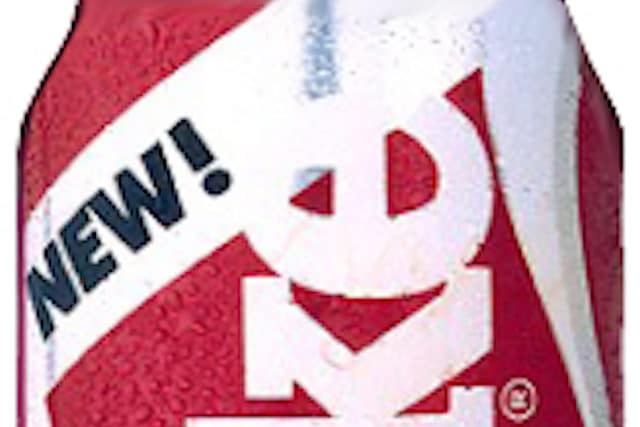
In the early 1980s, in response to customer surveys and blind taste tests across the United States, Coca-Cola developed a new flavor for their eponymous beverage, which had been unchanged for decades. Curiously, participants in taste tests, between ten and twelve percent of them, said that though they preferred the flavor of the new beverage over both Coke and its main rival, Pepsi, in taste tests, they would not purchase the beverage if it were sold as Coke. Both customer surveys and blind taste tests revealed a negative reaction toward changing the formula of Coke and calling the new flavor Coke, though executives in Project Kansas (as the study was called) blamed the less than overwhelming response to the new flavor on internal politicking within the test groups; peer pressure determined to retain the existing formulation.
When New Coke entered the market it did not supplement Coke, as did the also then new Diet Coke and Cherry Coke. Instead the new formulation replaced the old Coke formula and the backlash against the change was immediate. And loud. Though sales and customer feedback was favorable across most of the country, in the southeast – Coke’s homeland – the reaction was overwhelmingly negative. Newspaper columnists and television talk show hosts joined in the condemnation of Coca-Cola’s decision making. Quick to drive salt into the wounds of an injured rival, Pepsi launched ad campaigns which ridiculed their competitor. Introduced in April, 1985, with “old” Coke discontinued at the same time, by July Coca-Cola announced the return of the original as Coca-Cola Classic, and New Coke became simply Coke, then Coke II.
9. The Ford Edsel was a marketing and sales disaster
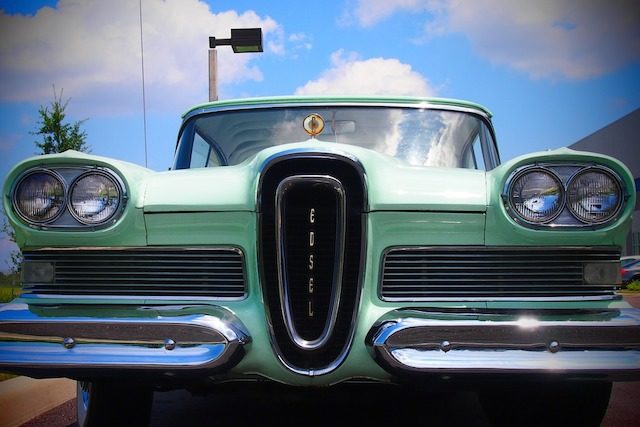
Today’s public may be surprised to learn that the Edsel wasn’t just a model of car built by Ford Motor Company, it was an entire brand, known in automotive circles as a marque. For more than a year before the first Edsel models were introduced, Ford hyped the new brand as being the car of the future, placing it squarely in competition with new models from the General Motors family of marques, as well as those of the Chrysler Corporation. The Ford vision of the car of the future was coded as the E car within the company; E referring to experimental at first, and eventually to Edsel in honor of Edsel B. Ford, son of Henry Ford. Henry Ford II (Edsel’s son), strongly opposed the use of the name for the new line of cars. On October 13, 1957 (a Sunday, not a Friday as some urban legends claim) the new line was presented in a television special named The Edsel Show, hosted by Bing Crosby, and featuring Frank Sinatra and Louis Armstrong.
The show was a hit. The Edsels were not. Actually, the cars had appeared several weeks before the television special on CBS, and the entertainers were not enough to counter the overwhelmingly negative reaction by the public. The cars were considered ugly by most. As time went on flaws in workmanship became apparent, and Ford was unable to counter the resulting negative public image. Its several models failed to sell well compared to the competition. The Edsel became the butt of jokes, as did Ford for foisting the car upon the public. Ford ceased production of the Edsel line in the fall of 1959. Edsel became a synonym for product failure, as well as for a lemon. Although Edsels are highly collectible today, the name still stands as the ultimate misstep, both in marketing and in manufacturing, in automotive history.
8. M&Ms and Reese’s Pieces
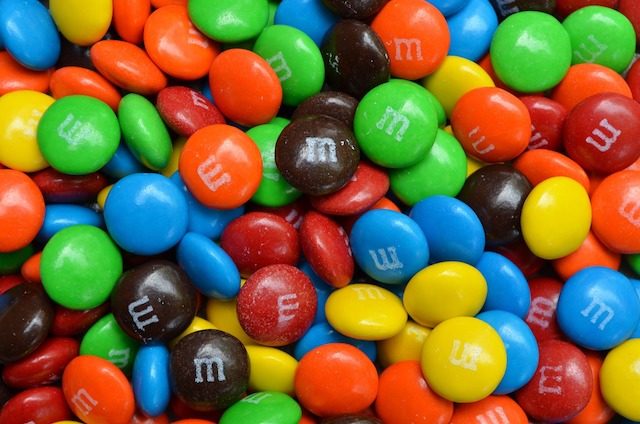
Urban legends abound over the decision made by Mars, owner of the brand of chocolate candies M&M, not to allow their product to be used in the 1982 film E.T. the Extraterrestrial. Mars’ decision allowed Hershey, the owner of Reese’s, to allow their relatively new Reese’s Pieces confection to be used in their stead (Reese’s Pieces had been introduced only five years earlier). Sales of Reese’s Pieces skyrocketed (true) while M&M’s suffered (false) leading to the firing of the executive at Mars responsible for the clearly regrettable oversight (also false). The relationship between Hershey and the film went far beyond the use of the candy in the story, a relationship which Mars had decided to pass on, rather than invest in a film for which they had little expectations of success.
Hershey launched advertising campaigns to coincide with the release of the film, which exploited the E.T. character, and also advertised for the film in their own promotional materials. Though Hershey did not pay directly for the placement of their product in the film, they did pay indirectly through their more than $1 million advertising campaign. And though sales of Reese’s Pieces did jump dramatically, they did not drive down M&M’s and nobody from the latter company lost their job because of the decision not to be the candy of the alien’s choice in the film. The M&M/Reese’s choice is often cited as a gaspingly awful decision by Mars, and/or a brilliant coup by Hershey, but in fact it was neither. It was, though, an early example of the power of product placement in advertising, particularly when appealing to children.
7. The Yugo in America 1985 – 1992

Like the Yugoslavian nation from which it came, the Yugo, the name under which the Zastava Koral was marketed in the United States, is no more. The version which came to the United States was marketed by Malcolm Bricklin, an entrepreneur who had earlier marketed an electric bicycle to underwhelming response. Bricklin was joined in bringing the Yugo to America by Henry Kissinger (senior advisor to Yugo Motors) and Lawrence Eagleburger (a Yugo board member who was also a former United States Undersecretary of State). Modifications to the European version of the car (which was based on a Fiat 127) included a larger engine and modifications to allow the vehicle to use the lead-free gasoline mandated in the United States for new cars.
Contrary to popular belief, the Yugo was well received, the fastest selling import automobile ever in the United States at the time. It also received good marks from owners regarding reliability, quality, and performance, at least from those owners who knew they weren’t buying a high performance vehicle. It was the civil war in Yugoslavia which ended the car as a viable product in America. The Yugo suffered from the sneers of the automotive press over its dated technology, the derision of comedians and late-night talk show hosts, and the often false accusations of its being unsafe (though it was no more so than other cars of similar size of the time). Today the Yugo remains a joke in the United States, though it still can be found operating on Serbian roads in large numbers.
6. The DeLorean Motor Company and its unique financing plan
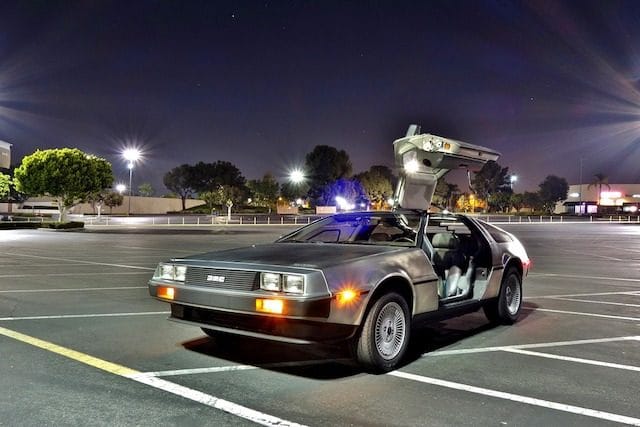
About 9,000 original DeLoreans were manufactured from 1981 to 1983, all of them stunning in appearance, due to the brushed stainless steel body instead of lushly painted surfaces gleaming with new car beauty. The gull-wing doors were impressive too. Once the car was underway on an American road, the driver quickly found out that its performance was not equal to its appearance. The vehicle was underpowered, didn’t handle particularly well, and like its founder and namesake, was more flash than substance… though its founder was certainly innovative. He turned to a substance to help finance his foundering automotive company — unfortunately, one which was illegal. You see, John DeLorean was accused of participating in a scheme to sell up to $24 million worth of cocaine in an FBI sting operation.
In his defense, DeLorean accused the FBI sting of being an entrapment operation. He succeeded, and was acquitted of the charges, as well as of later charges of defrauding investors and tax evasion. By then his DeLorean Motor Company (DMC) was hopelessly bankrupt, and his reputation was such that finding future investors to save his company was all but impossible. Because of the materials used in their manufacture DeLorean cars are not prone to rust, and about 6,500 of the cars still exist. The car was made famous as a time machine in the film Back to the Future and its sequels, but the public perception remains that it was financed through the sale of cocaine, a perception which may or may not be wholly accurate.
5. Nothing Sucks like an Electrolux
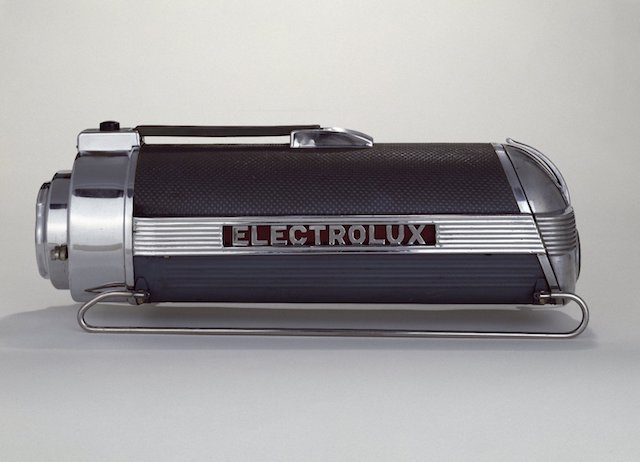
The word sucks often has negative connotations in American usage. Electrolux is a Swedish manufacturer of appliances, among them vacuum cleaners. The use of the word sucks as a descriptive for a vacuum cleaner could be either good or bad, since sucking is what the machine is designed to do. A vacuum which doesn’t suck sucks, right? Such was a dilemma presented to the makers of Electrolux products in an ad campaign which became legendary almost to the point of being an urban legend. The urban legend being that the advertisers were unaware of the secondary meaning in the tagline “Nothing Sucks like an Electrolux” in an ad campaign during the 1970s.
In truth, the advertisers were very much aware of the pun they were using, and they applied it deliberately in a number of ads for vacuum cleaners during the campaign, which ran in the United Kingdom. The ads ran the gamut from risqué (using attractive blonde women posing with a vacuum cleaner) to ridiculous (pulling over the Leaning Tower of Pisa). There are some in the United States who report the entire ad campaign to be a myth, but it was very real, and often very funny, though it was also very British. The advertisements did not appear in American publications or media, at least partially because the products being sold were not available in US markets at the time. One imagines that if the campaign were to be run in the United States it would be instantly controversial, four decades after it ran in the United Kingdom, for its clear double entendre.
4. The introduction of olestra to American consumers

Olestra was discovered by accident, which was originally considered to be fortuitous by the Procter and Gamble researchers who stumbled on the would-be fat substitute. It was evident that olestra could be used to replace fat without adding calories to foods, in diet conscious America a perceived marketing boon. By the 1990s P&G, and Kellogg’s, were aware that olestra had a sometimes less than pleasurable side-effect on some consumers, affecting the gastrointestinal tract in adverse ways which caused, among other things, flatulence, softening of stools, and anal leakage. Nonetheless, in 1996 it was approved as a food additive, and appeared in potato chips and crisps, cookies, cakes, doughnuts, breakfast cereals, and many other convenience foods.
Olestra quickly found its reputation and its use under attack. Popular snack foods which contained the fat substitute found their sales diminished, as consumers suffered abdominal cramping and the aforementioned side effects. In the early 21st century both the European Union and Canada banned its use in consumer products, in part because it was also found to inhibit the absorption of several vitamins and other essential nutrients. It is still available in some consumer foods in the United States and other countries which allow it, also known under the brand name Olean. P&G in the 21st century markets the product as a base for several uses, including deck stains and as a lubricant. Many consumers who ate it in the 1990s were able to attest to its lubricant properties, though not necessarily in a pleased manner.
3. Smith and Wesson Mountain Bicycles
Bicycling to work, or riding on weekends as recreation, or riding a bicycle at all once past a certain age, are not generally considered to be activities favored by the conservatively inclined. To be blunt, bicycles are looked upon by many conservatives as a liberal affectation, one favored by tree-huggers and others of less than patriotic fervor. So when Smith and Wesson, a company which had over twenty years of experience building bicycles for use by law enforcement personnel began marketing their machines to the masses in 2002, there was not a run on their product. Americans, avid cyclists or not, did not associate the Smith and Wesson name with two-wheeled exercise, and potential customers ignored the product as one for general consumption.
Smith and Wesson had only been selling their bicycles to law enforcement for about five years when they attempted to break into (no pun intended) the burgeoning mountain bike market. Their failure was epic. The corporate name is of course iconic in North America, but it does not bring up images of healthful exercise in the minds of most. Smith and Wesson continued to manufacture bicycles, and they can be found today on websites and in bike stores, though their focus is on machines used by police, couriers, and messengers, rather than recreational cyclists. According to Business Wire, the brand name is an enhancement when marketing the machines to law enforcement and security organizations, offering a strength of reputation which, “…significantly enhance their focus on providing the highest level of security and protection.”
2. The Philips Laserdisc
When Laserdisc systems first appeared in the consumer marketplace, they offered a significant improvement in picture quality and sound over Betamax and Video Home System tapes (VHS). The latter two formats, however, offered the consumer the opportunity to record video at home, essentially copying for free what the producer wanted to sell or rent out. Plus, both Beta and VHS systems were less expensive to purchase, and the availability of content expanded rapidly, significantly outpacing discs. The “format war” between Beta and VHS allowed consumers to brag about the superiority of their home video equipment without being overly concerned with the superior picture offered by Laserdisc; their television screens often couldn’t take full advantage of it anyway.
In both the United States and Europe, Laserdisc took a backseat in the den of at home entertainment systems, and it never really recovered. Those who did spend the extra money were widely regarded as videophiles, which became a polite means of calling someone a video snob. Although Compact Disc, Digital Video Disc, and Blu-ray all owe their eventual formats to Laserdisc, which preceded them, the format never really achieved much success and by 2001 Laserdisc had been all but eliminated from the marketplace. Production of Laserdisc players by Panasonic came to an end in 2009. It remains an item of interest as a collectible.
1. Bob, the Windows assistant
Microsoft Bob, and his bevy of cartoon assistants like Rover and others, first appeared in the spring of 1995. Bob, as some may recall, lived in a house with several rooms, in which could be found various tools with which the user could make the Windows experience more productive. Bob was released prior to Windows 95 (users from the time can readily remember the months of hype which preceded the release of Windows 95), and was welcomed by Windows users with an enthusiasm which ensured he was not part of the 95 release. Bob was an abysmal failure, both for his cuteness (which made most users want to tear their hair out) and for his proclivity for overwhelming the resources of the machine which the user was attempting to, well, you know… use.
Microsoft rapidly scrapped Bob, but dug in its heels for a while, by including Rover, a cartoon dog supported by other cartoon characters the user could replace him with, in the release of Windows XP. By all accounts, or nearly all, Bob was a complete failure, one which Microsoft eventually acknowledged, or at least which some of Microsoft’s people who had been there at the time acknowledged. Even Steve Ballmer eventually noted that with Bob “… we decided that we have not succeeded and let’s stop.” But there is still one contribution available from Bob. The Comic Sans font was developed for Bob. It remains highly popular for some, though, like Bob, it has been known to inspire hair-pulling in others.